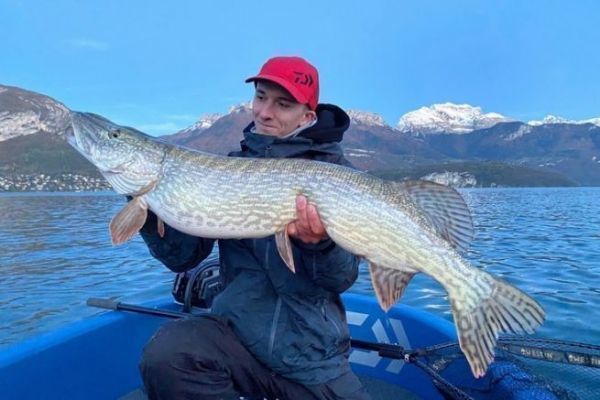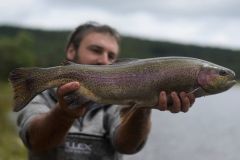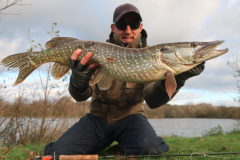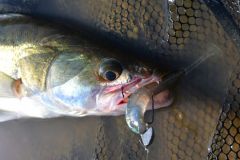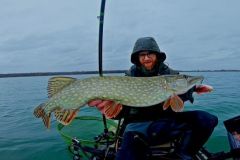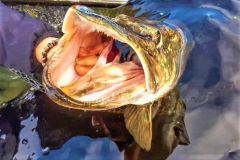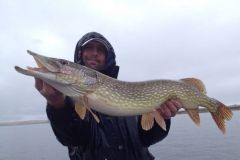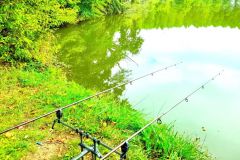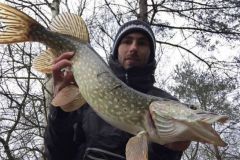Pike contrasts and vision
The primary objective of a flashy color is to create a strong demarcation between the lure and the color of the water or bottom. The contrast makes the lure appear larger to the fish than it actually is. If you've ever seen a flashy lure in tinted water, the light it reflects can create a kind of halo around it. Pike, like other fish, don't perceive colors as we do, relying instead on contrast to identify and target their prey.
In winter, carnivores greatly limit their movements to consume as little energy as possible, so a highly visible lure allows them to ensure their attack. A fish that has difficulty identifying its prey in winter may not move for fear of missing its attack and consuming energy unnecessarily.
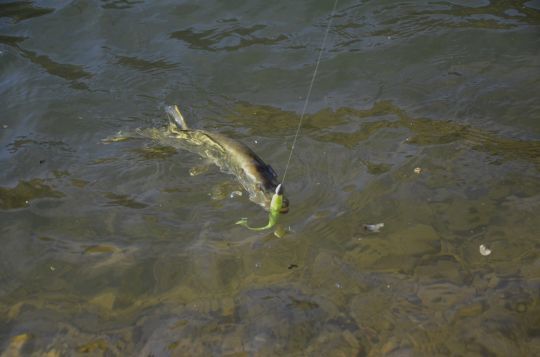
Winter ambient brightness
The color of the water and the background aren't the only criteria to consider when choosing a flashy color. Although some days are very sunny, the majority of the time, the sky is covered by many clouds, sometimes laden with rain and therefore even darker. These clouds block out much of the sunlight, making the bottom of the water even darker than it already is.
As you probably know, light passes through water much less easily than through air. So you can imagine how much light arrives at a depth of 4 meters, in tinted water, on a rainy day with a cloudy sky. In these conditions, it's important to maximize the chances of our lure being visible to a predator like a pike.
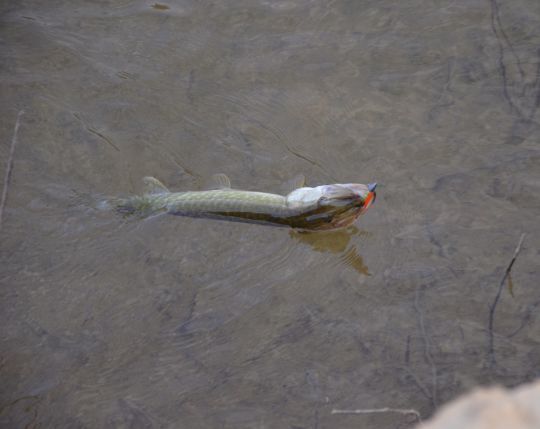
Sizes and speed of descent
Although a flashy color is very effective in winter conditions, it's not the only variable that can be modified. A large lure will inevitably be more attractive than a small one, if we assume that moving fish should be profitable for them. A prey that moves too fast will also not be easy for a pike to grasp, so you need to slow down the pace.
Combining a contrasting color on a large lure (not exceeding the average size of pike prey in the water), which moves fast enough to vibrate, but slow enough to be an easy prey, will be your best chance to decide a fish in winter.

 /
/ 